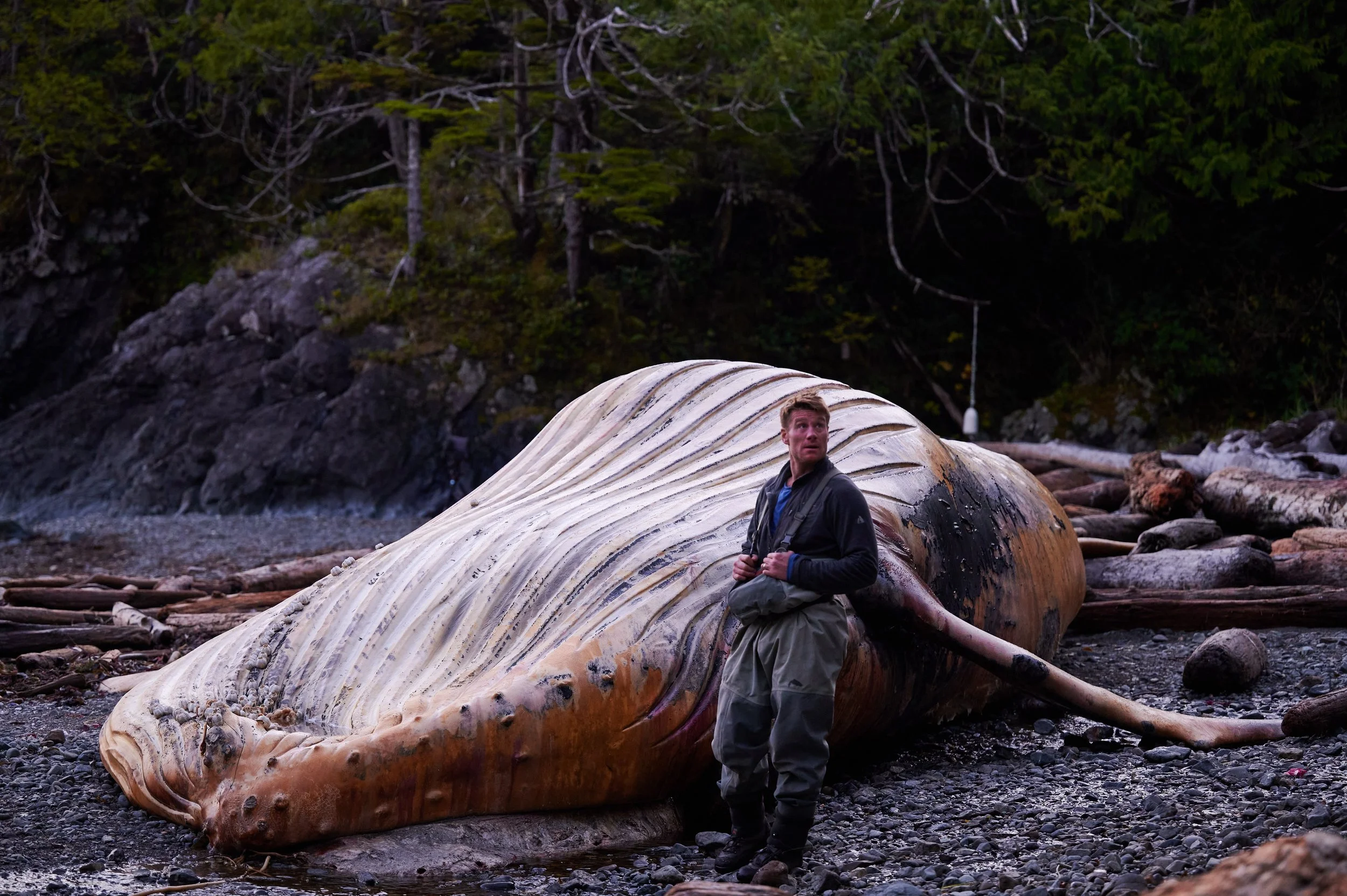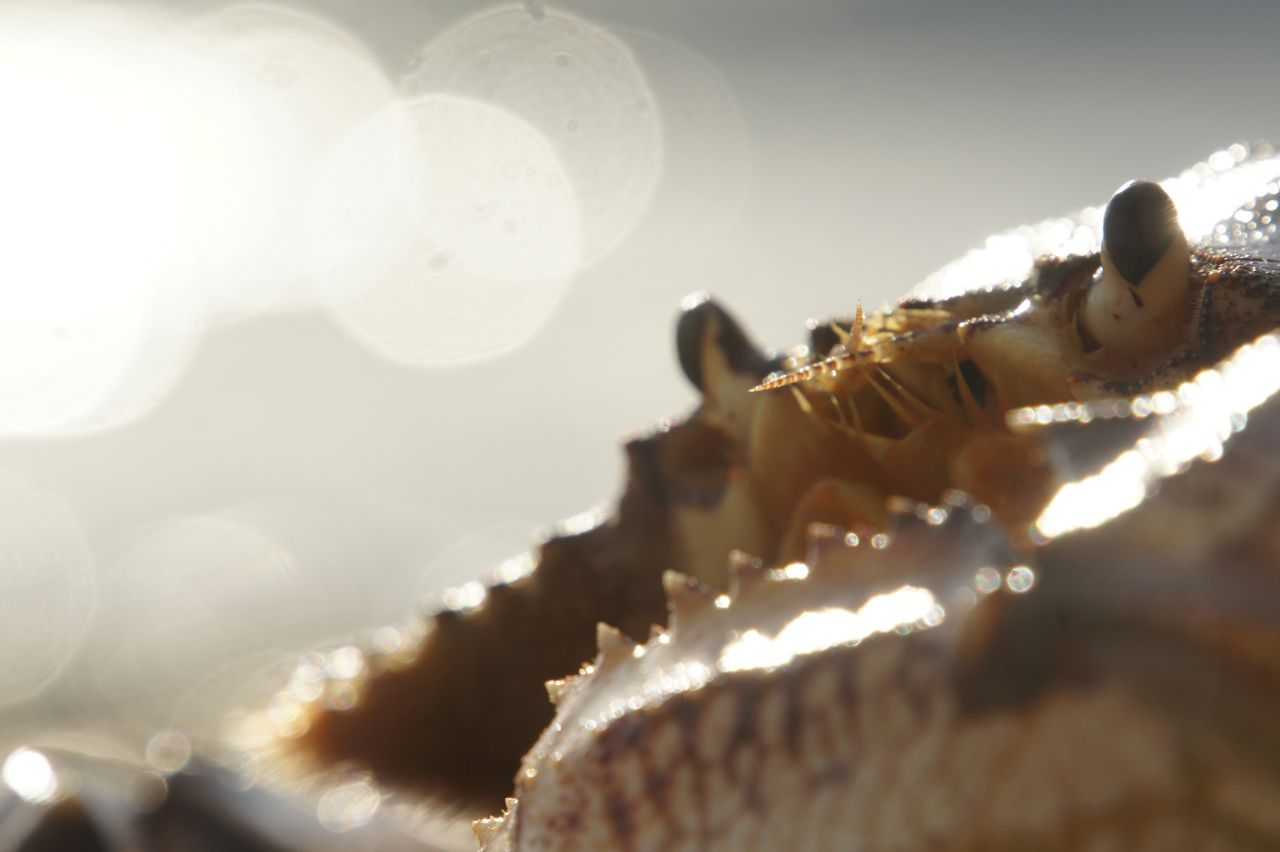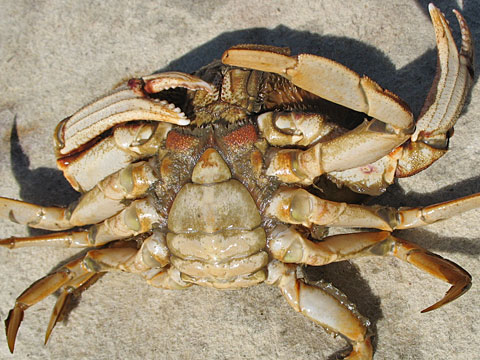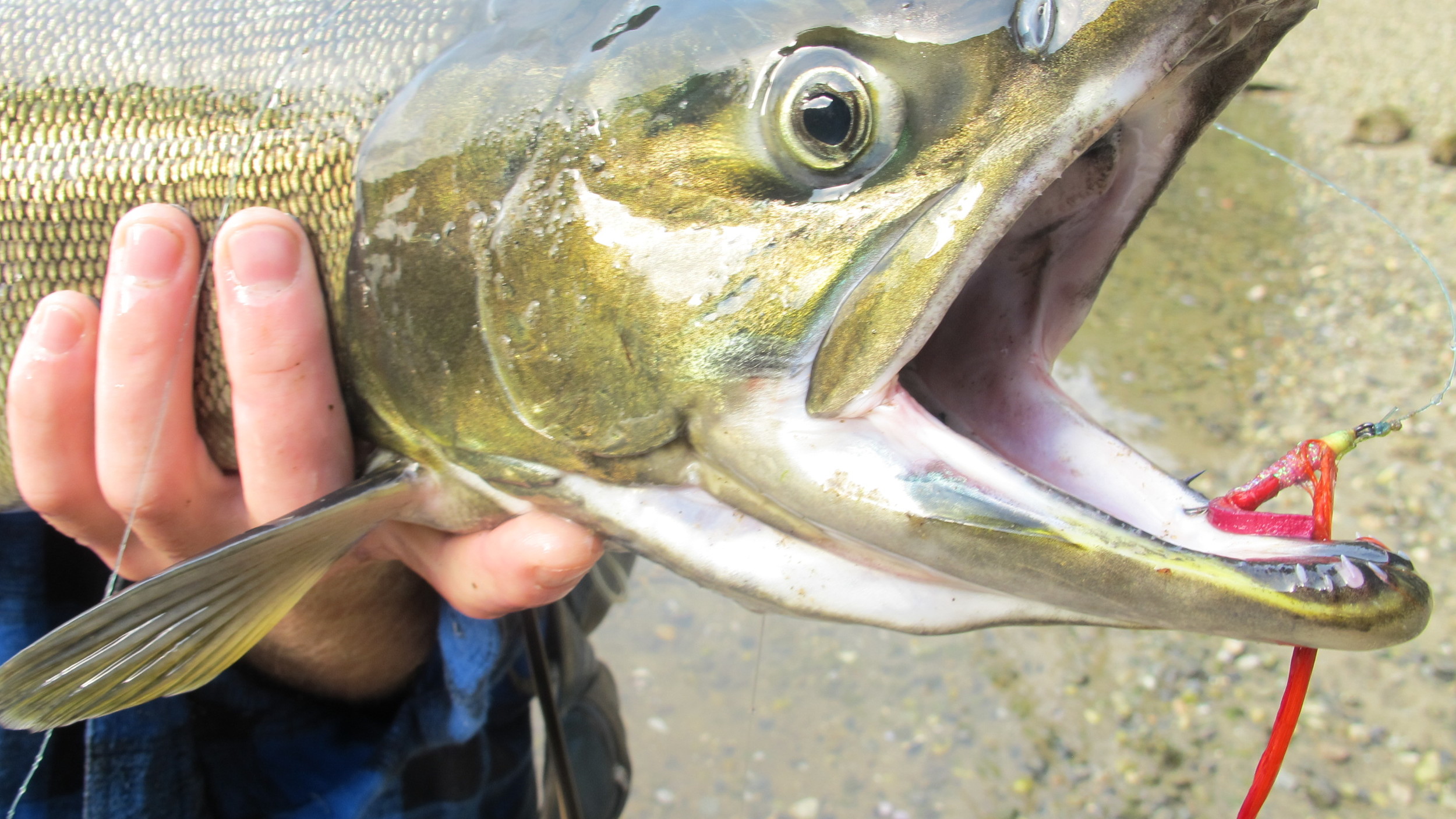Once you find fish then you can move forward with the odds more in your favour. Since salmon tend to veer away from aggressive feeding the closer they get to spawning, getting them to take any fly can require a lot of patience. If you are like me and watching jumping fish just so happens to be one of your favourite past times, second only to catching that same fish, then you are bound to a good time regardless of whether you get one to shore or not.
How to find fall saltwater salmon
In order to find the fish you are going to want to head out at the crack of dawn and scan the shoreline for any sign of activity-the early bird gets the worm! Look for bays and shallow water near creek mouths. Once the sun comes up and the water temperature increases, the fish will move deeper to the cooler water below 14 degrees and you will have no clue where they are schooling dramatically decreasing your chances at this time of year.
Stay tuned for How to get a jumping fish to become a biting fish
When selecting a fly for these interesting but uninterested fish there are a few key factors you need to take into account: time of day, water temperature, type of baitfish present, species of jumping fish and fishing pressure. This article will focus on delivering these key factors to you inorder to enhance your fishing experience so stay tuned.
Time of day and water temperature
Fly Selection & Strategy
















